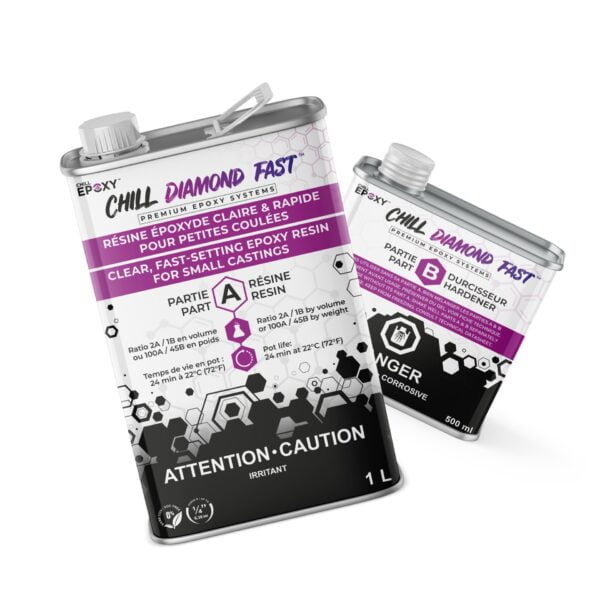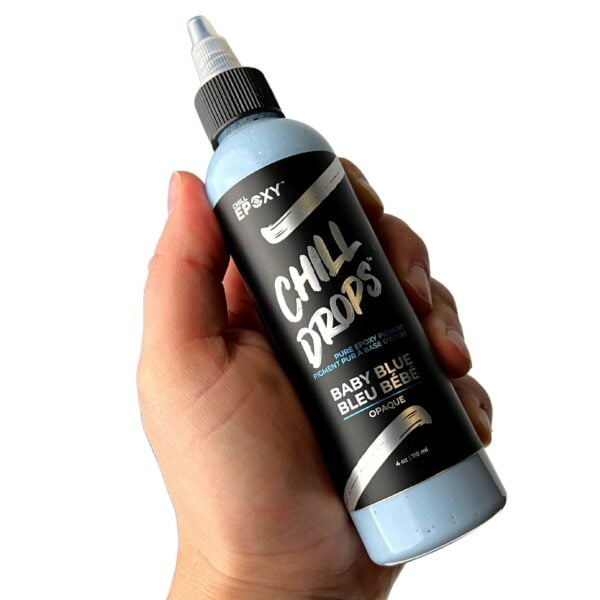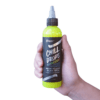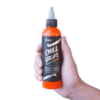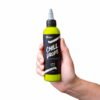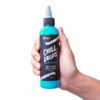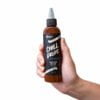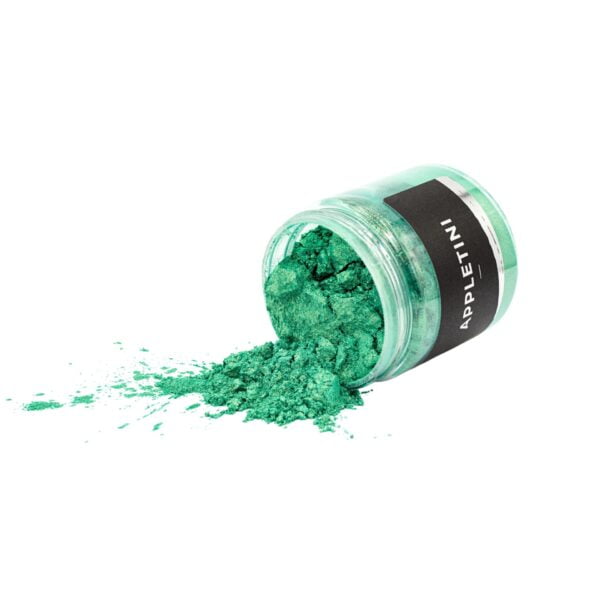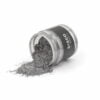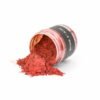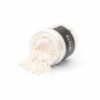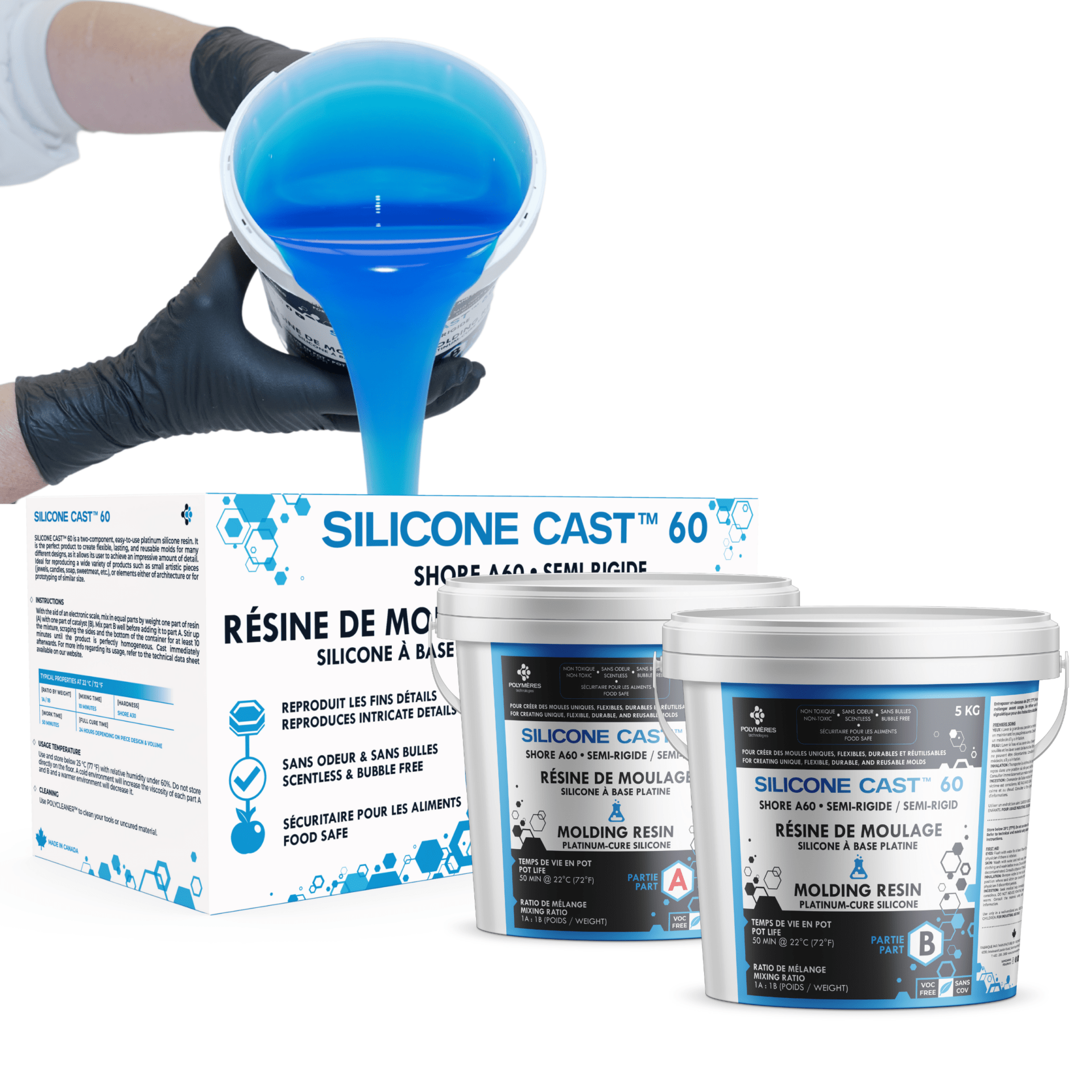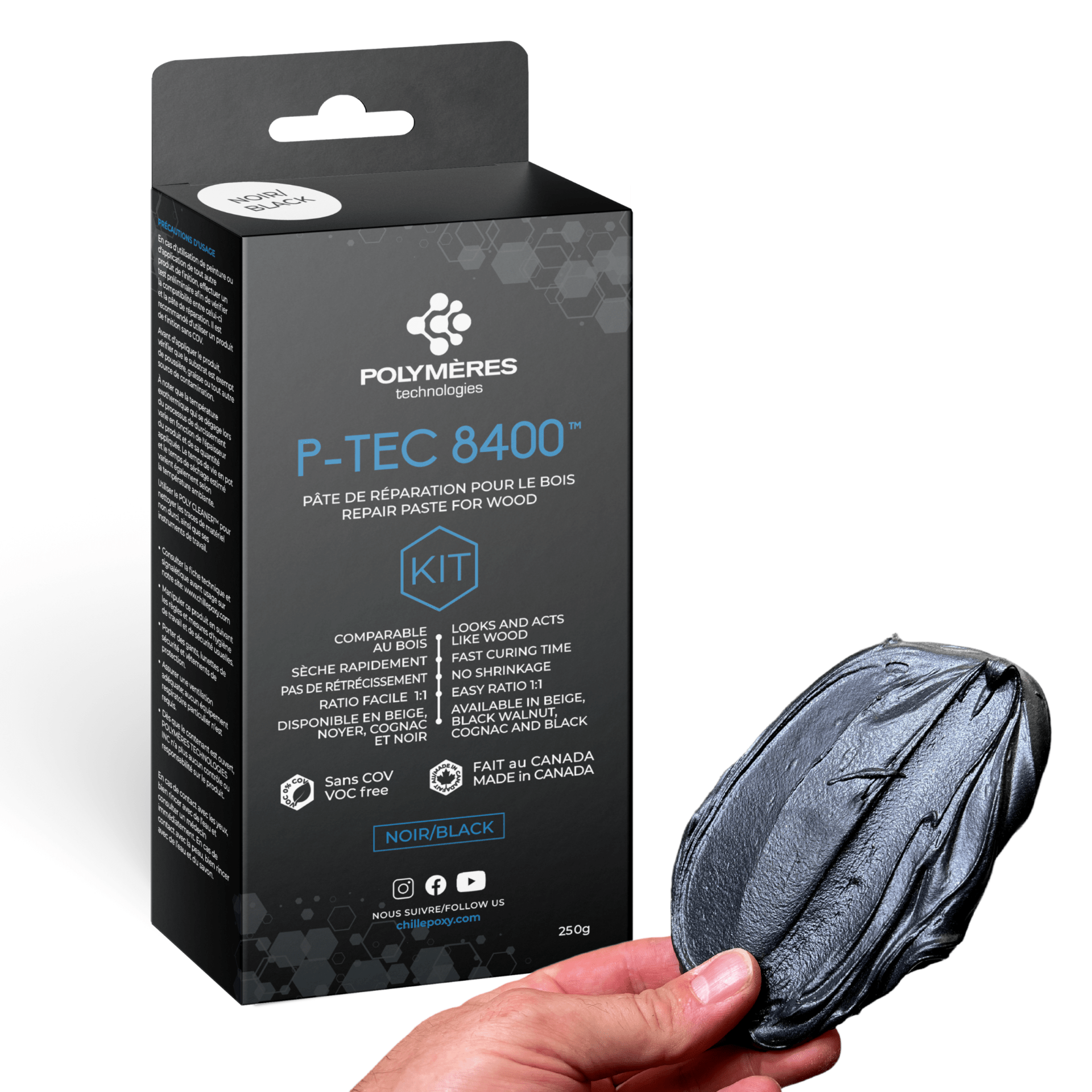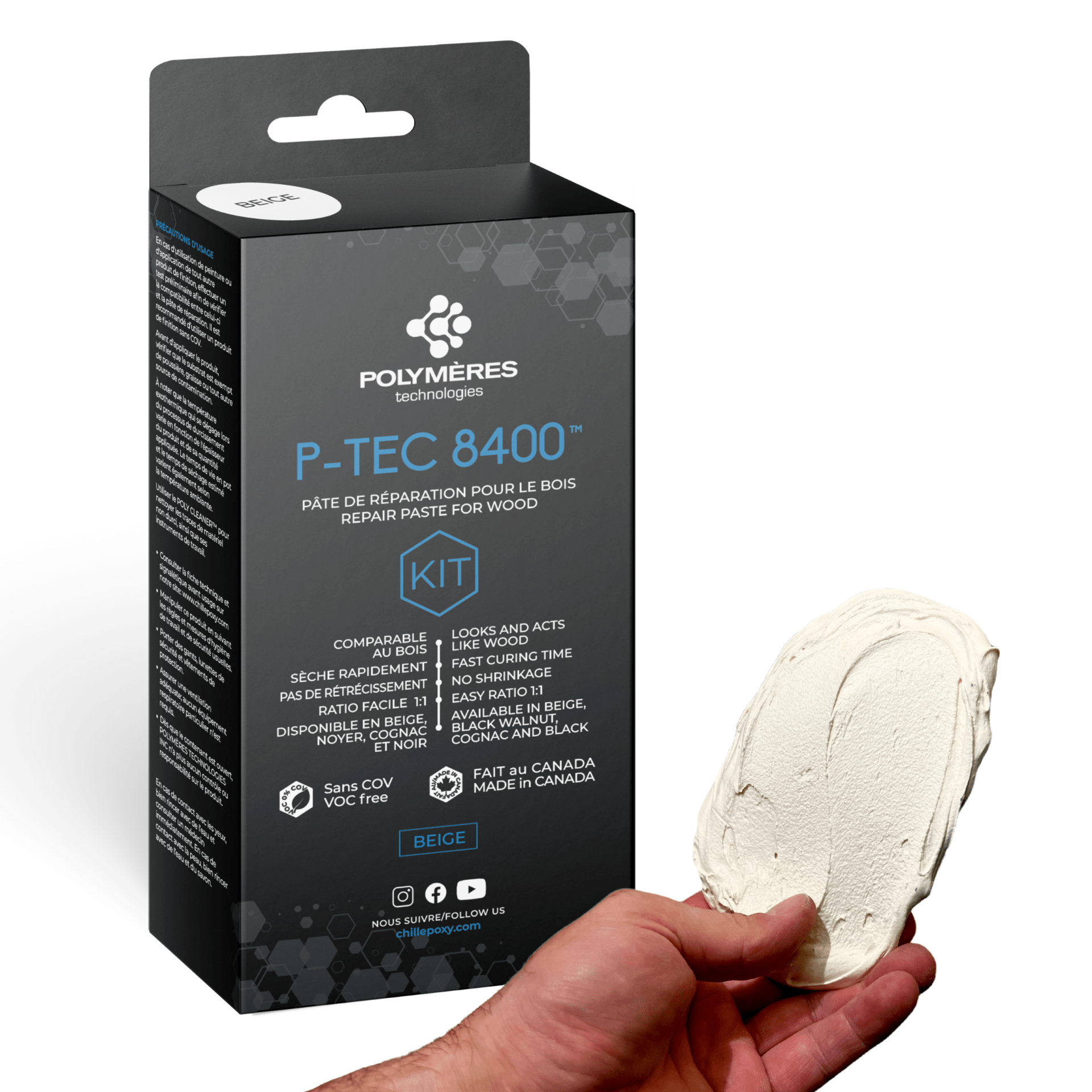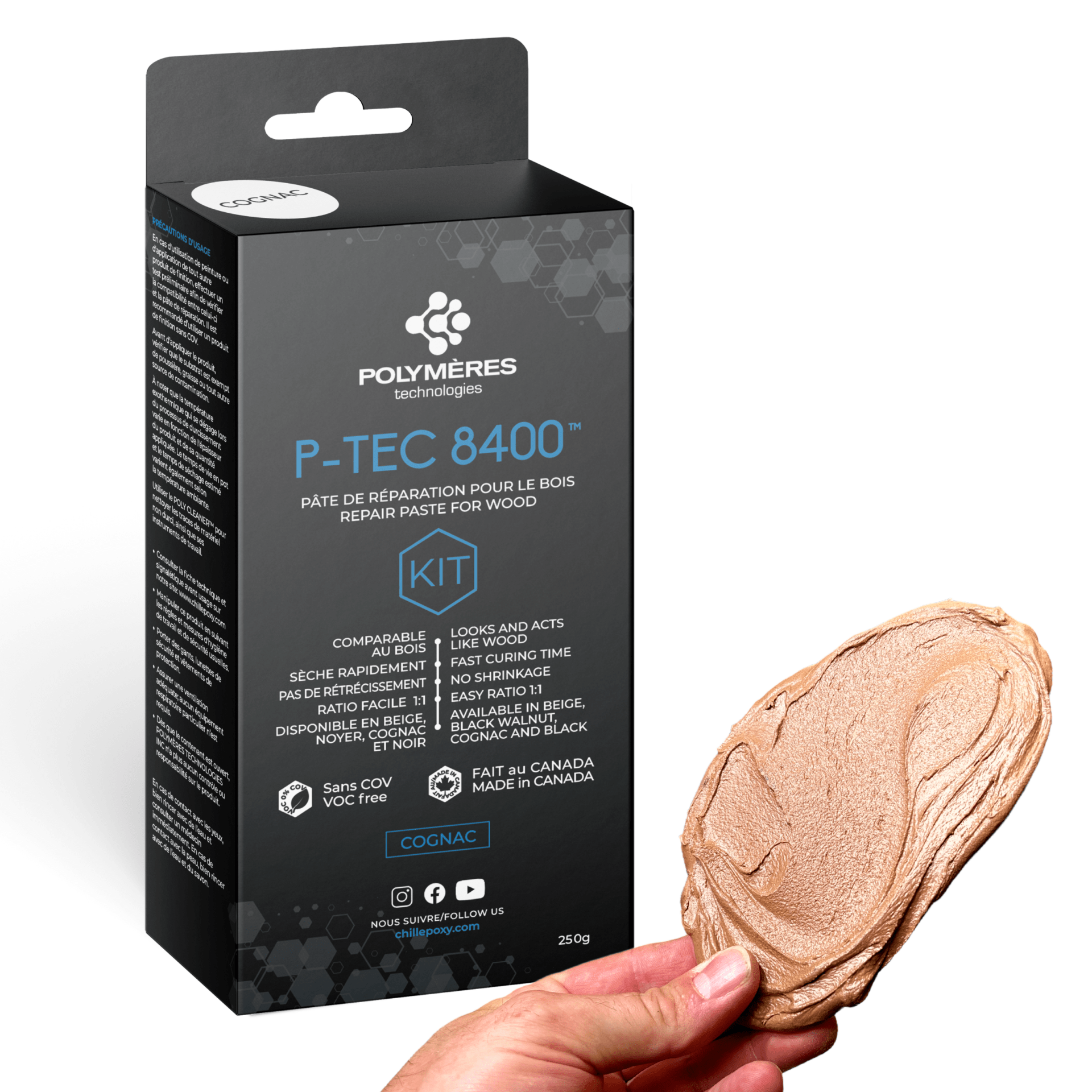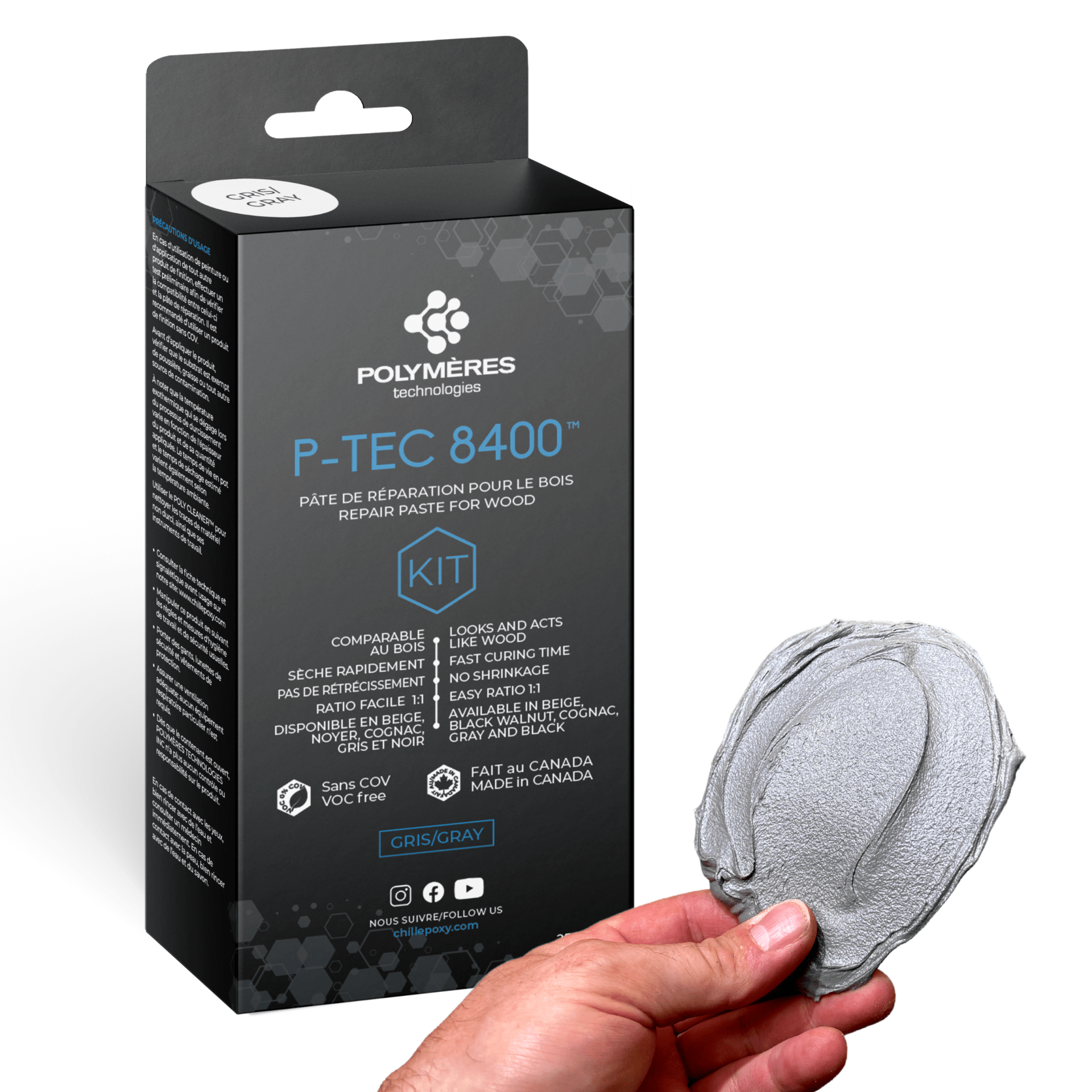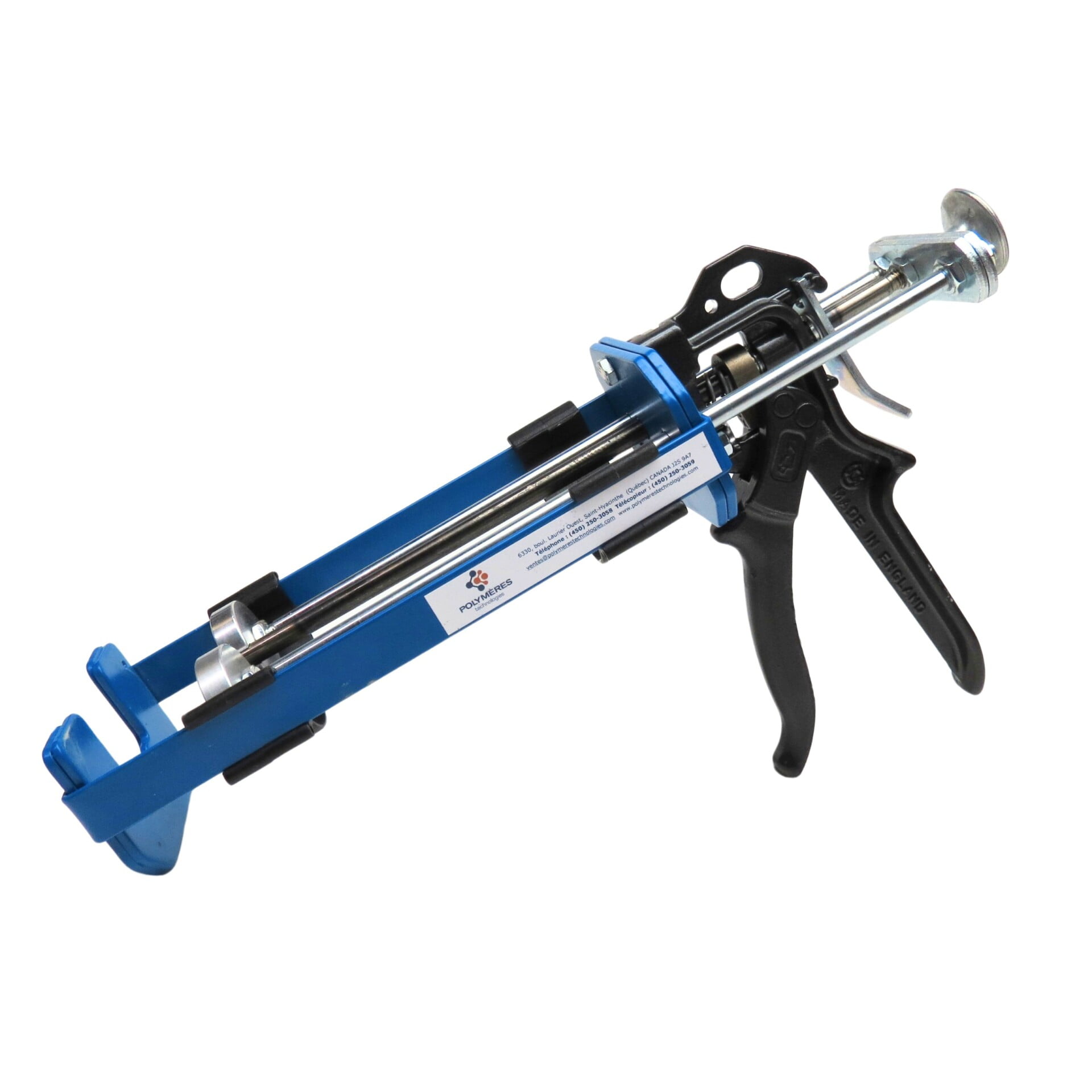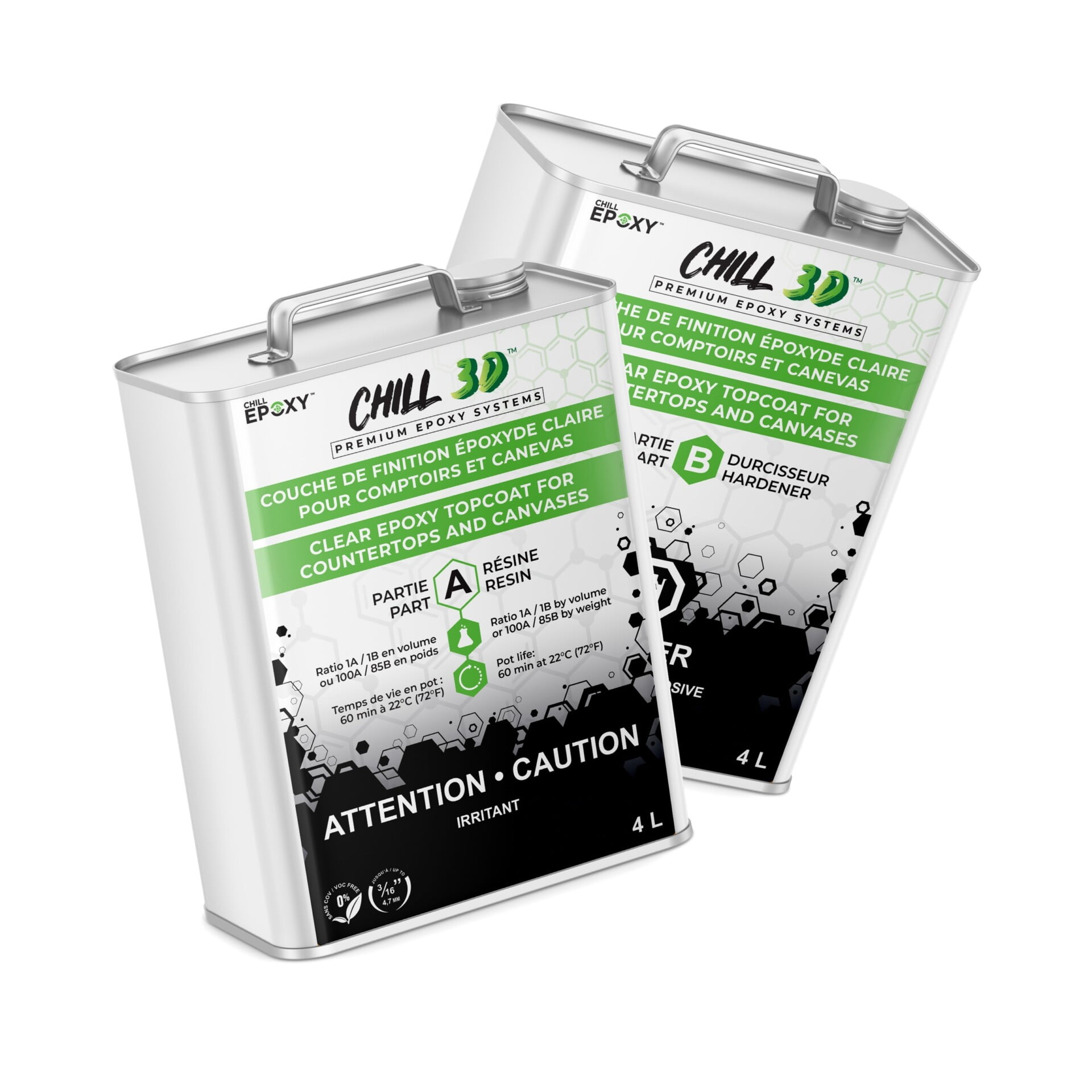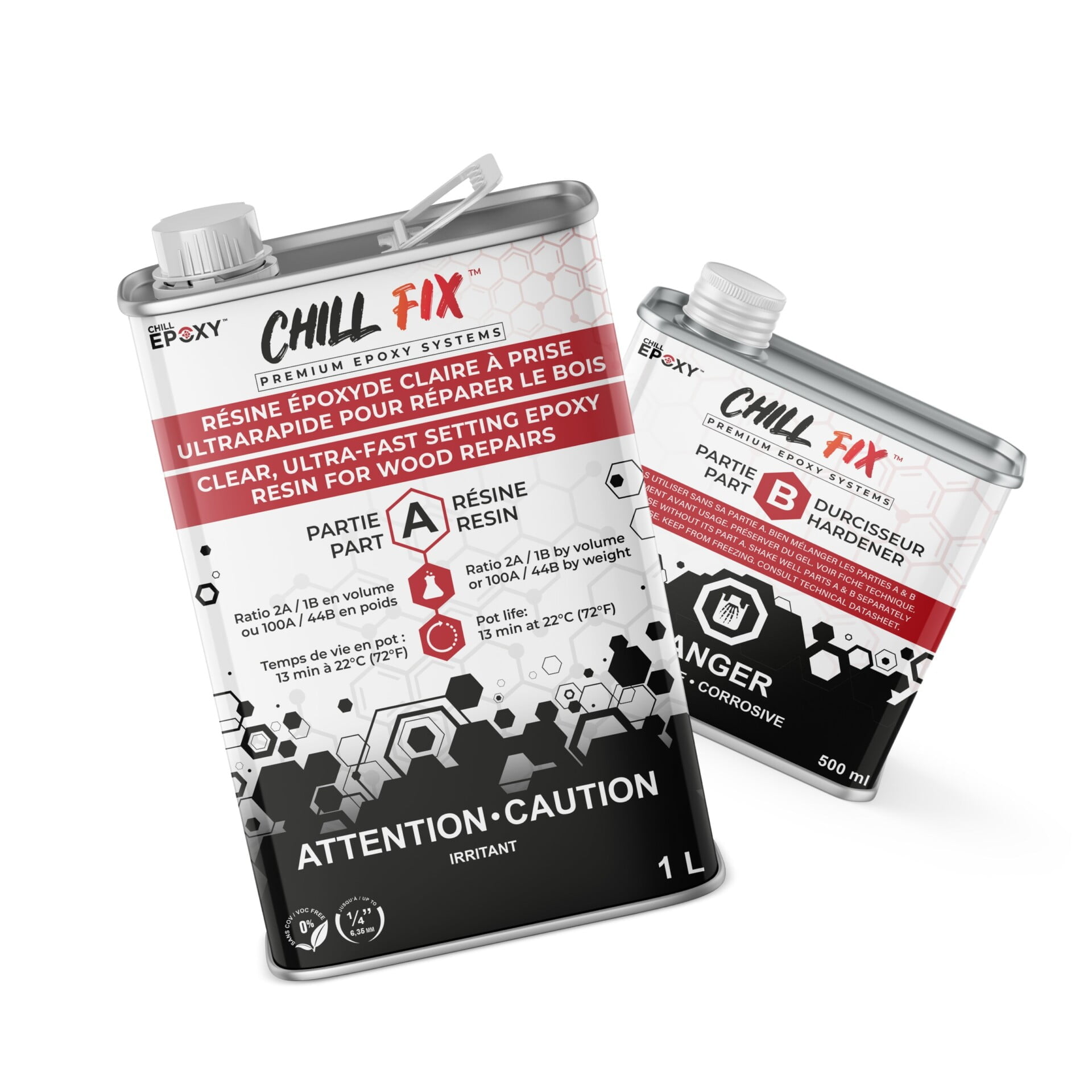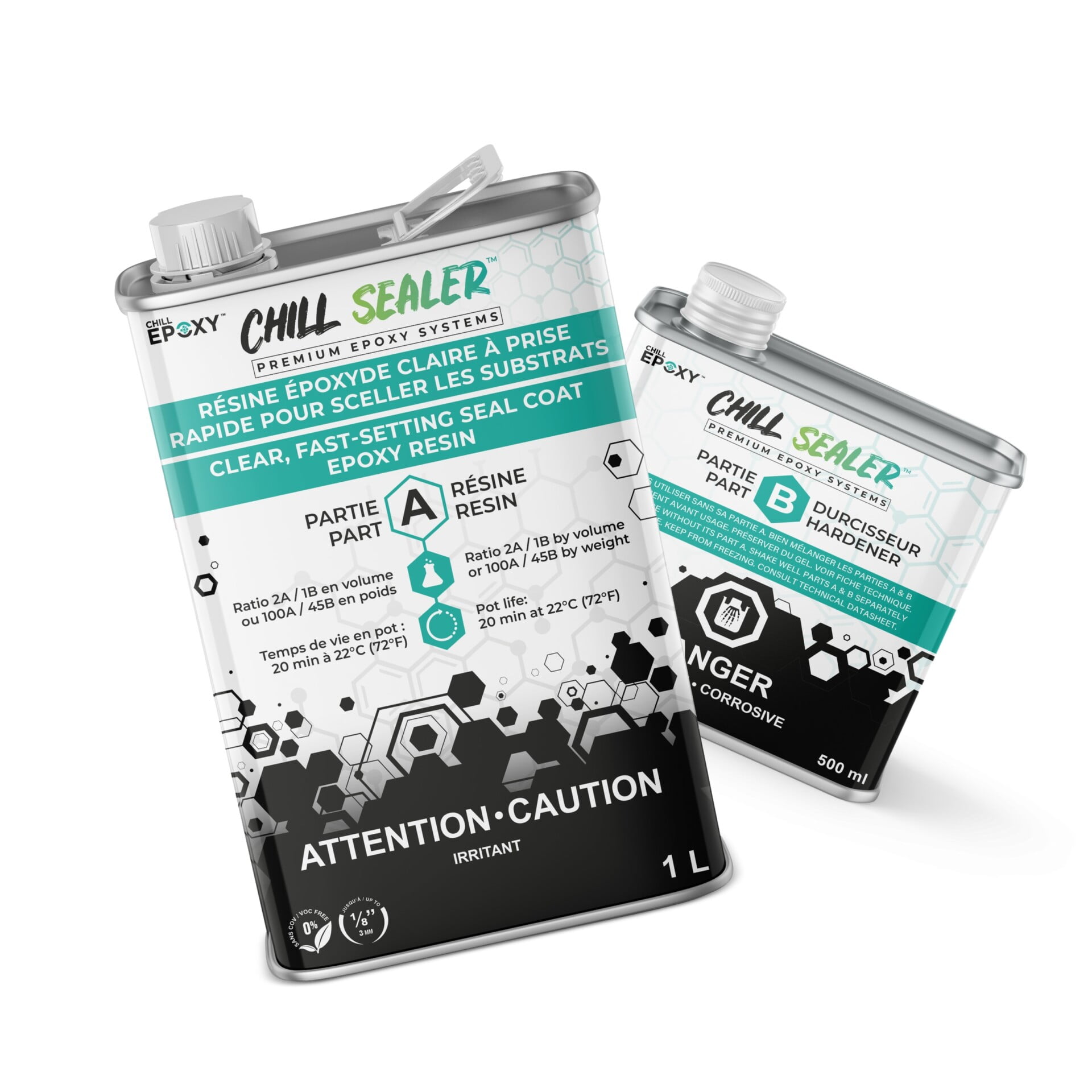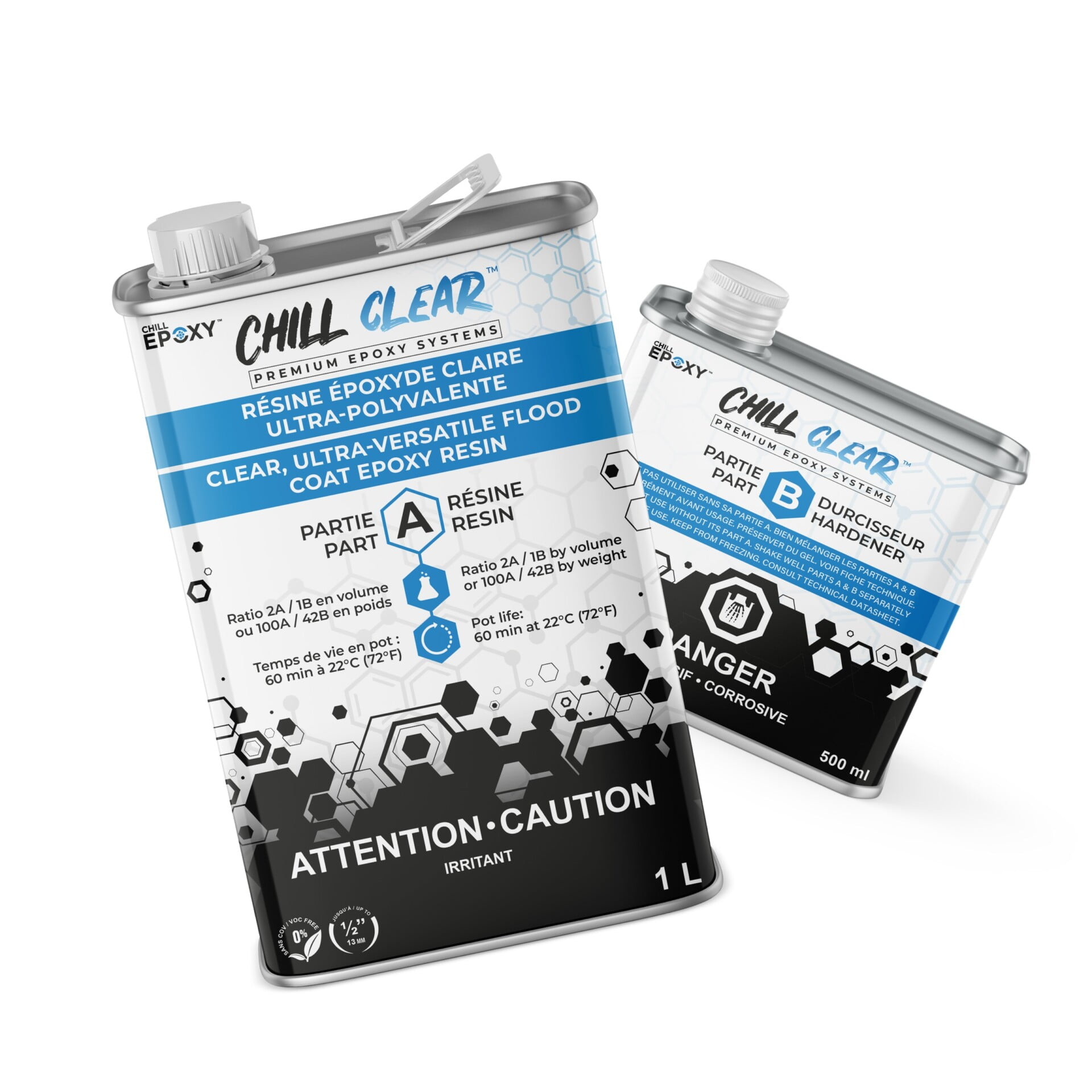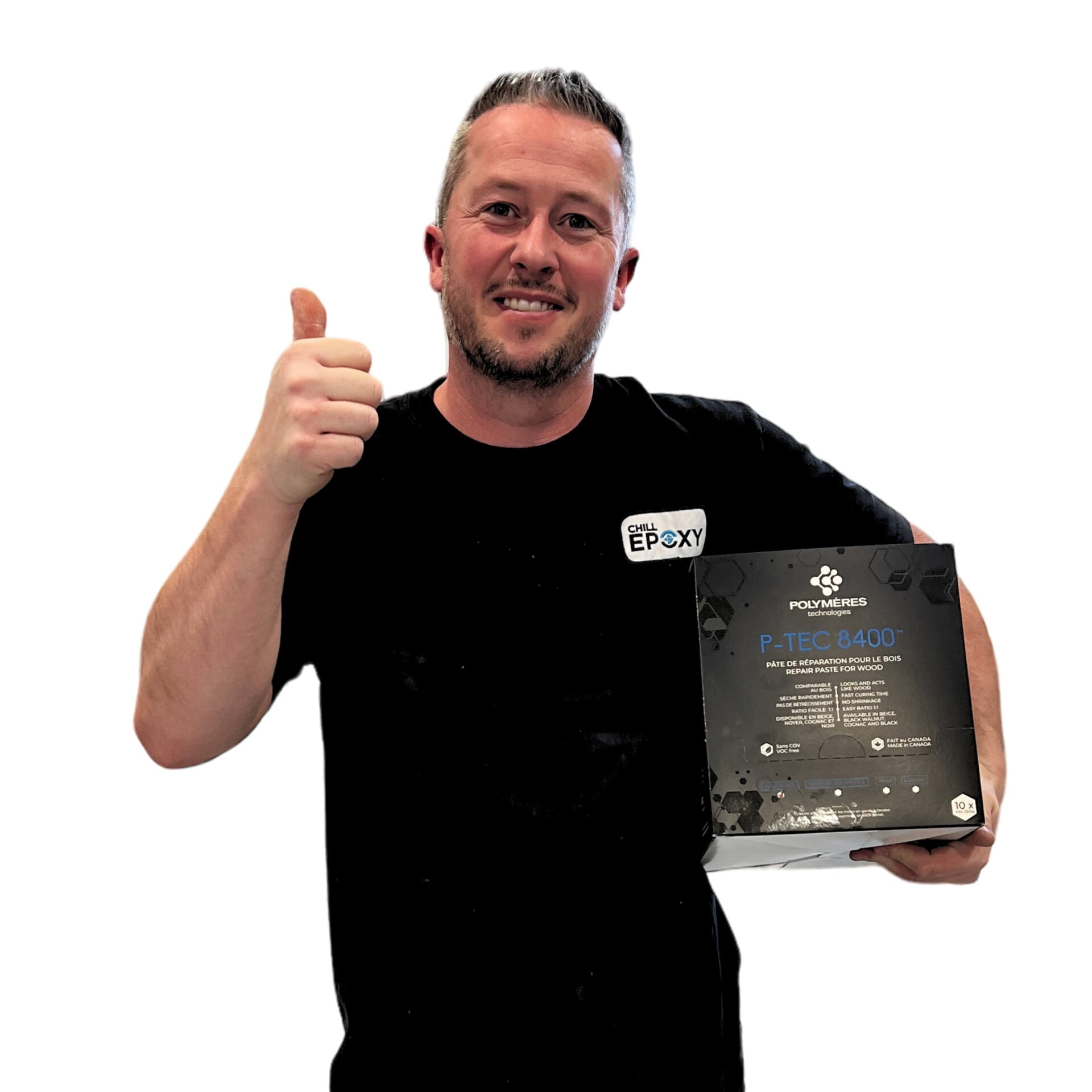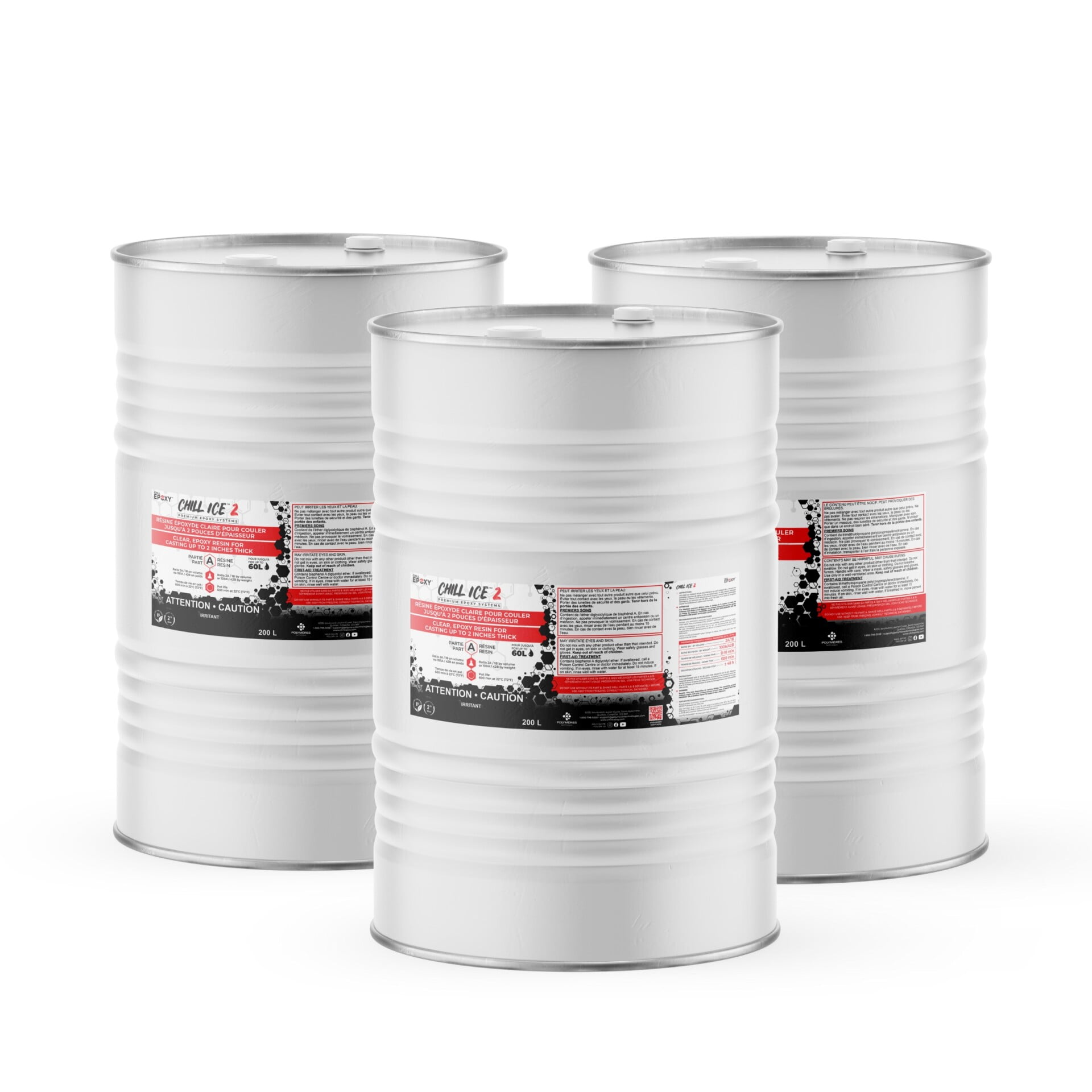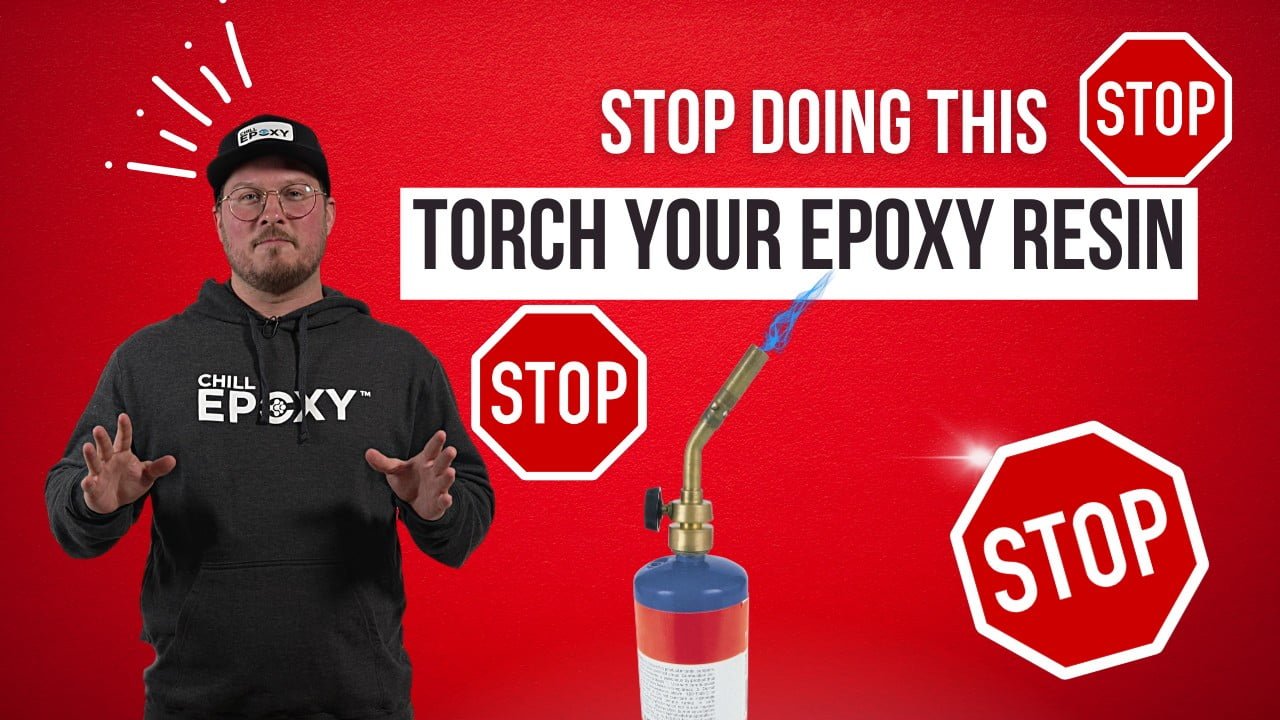Blog
Why Using a Torch to Remove Bubbles in Epoxy Resin is a Misconception
Why Using a Torch to Remove Bubbles in Epoxy Resin is a Misconception
Epoxy resin has become a popular medium for artists and DIY enthusiasts, and one of the biggest challenges in working with it is removing bubbles that can form during the curing process. There are various methods people use to eliminate these bubbles, but one of the most common is the use of a torch. While this method may seem effective, it is actually a misconception that can lead to a number of problems. In this article, we will explore why using a torch to remove bubbles in epoxy resin is a misconception, and what alternative methods you can use instead.
Table of Contents
- What is Epoxy Resin?
- Why are Bubbles a Problem in Epoxy Resin?
- What is the Torch Method for Removing Bubbles?
- Why Using a Torch is a Misconception?
What is Epoxy Resin?
Epoxy resin is a type of synthetic polymer that is commonly used in the manufacturing of various products such as adhesives, coatings, and plastics. It is known for its strength, durability, and resistance to water, chemicals, and heat. Epoxy resin is also popular in the art world as a medium for creating unique and stunning works of art.
Why are Bubbles a Problem in Epoxy Resin?
Bubbles can form in epoxy resin during the mixing and curing process, which can negatively impact the final result of your project. Not only can they be unsightly, but they can also weaken the structural integrity of the resin, making it more prone to cracking and chipping.
What is the Torch Method for Removing Bubbles?
The torch method involves using a handheld torch or heat gun to apply heat to the surface of the epoxy resin in order to eliminate any bubbles that may be present. The heat causes the bubbles to rise to the surface and pop, leaving a smooth and bubble-free finish.
Why Using a Torch is a Misconception?
While the torch method may seem like an effective way to remove bubbles, it is actually a misconception that can lead to a number of problems. First of all, the heat can cause the resin to cure too quickly, which can lead to cracking and other structural issues. Additionally, the heat can cause the resin to yellow over time, which can be especially problematic for projects that require clarity and transparency.
Using a torch or flame to remove bubbles from epoxy resin can create surface stress on the resin. This is because the intense heat from the flame can cause the resin to expand and contract quickly, which can create wrinkles and other imperfections on the surface. In addition, the heat can cause the resin to yellow or discolor, which can affect the overall appearance of your project.
Those videos on social medias of using a torch to remove bubbles from epoxy resin may be visually impressive or satisfying and can attract a lot of attention on social media, but from a chemical perspective, it is not the best technique to use. The intense heat from the torch can cause the resin to expand and contract quickly, which can create surface stress and imperfections on the surface. Additionally, the heat from the torch can cause the resin to yellow or discolor, affecting the overall appearance of the final project.
When using a torch or flame to remove bubbles from epoxy resin can create a microfilm and surface stress on the resin. This is because the intense heat from the flame can cause the resin to expand and contract quickly, which can create wrinkles and other imperfections on the surface. Additionally, this microfilm can act as a barrier that makes it harder for bubbles to rise to the surface and burst.
While it’s understandable that influencers and creators want to stand out and showcase their projects in a visually impressive way, it’s important to consider the chemical and technical aspects of a project before using any techniques. It’s always better to use techniques that are safe, effective, and give a good final result.
Instead of using a torch or flame, there are other methods to remove bubbles from epoxy resin that are less likely to cause surface stress.
- Using a spatula or stir stick to gently push any bubbles that may have formed to the surface.
- using a degassing chamber or vacuum pump to remove bubbles from the resin mixture before pouring.
- Using a heat gun or hot air gun with low heat setting to pass over the surface of the resin after pouring.
While these methods may take a bit more time and effort, they can help to create a smooth and bubble-free finish without causing surface stress on the resin. It’s important to consider the method that you are going to use before starting the project and also consider the final look that you want to achieve, as some methods can give a slightly different finish.
There are other methods that are more effective in removing bubbles from epoxy resin without causing surface stress. Such as:
- Using a spatula or stir stick to gently push any bubbles that may have formed to the surface.
In conclusion, bubbles can be a common issue when working with epoxy resin, but with the right techniques, you can achieve a smooth and bubble-free finish every time. Using a torch or flame to remove bubbles from epoxy resin is a technique that is often recommended on social media, but it is not the best method for achieving a bubble-free finish. It can create surface stress and imperfections on the surface, and can also discolor the resin.
Instead, using a spatula or stir stick to gently push any bubbles that may have formed to the surface, using a heat gun or hot air gun with low heat setting to pass over the surface of the resin after pouring, or using a degassing chamber or vacuum pump to remove bubbles from the resin mixture before pouring can be more effective in removing bubbles without creating surface stress and imperfections.
It’s important to keep in mind that it’s always better to use techniques that are safe, effective, and give a good final result. It’s always better to do some research and consider the method that you are going to use before starting the project, as well as the final look that you want to achieve, as some methods can give a slightly different finish. With the right techniques, you can create beautiful and durable projects that will last for years to come.


